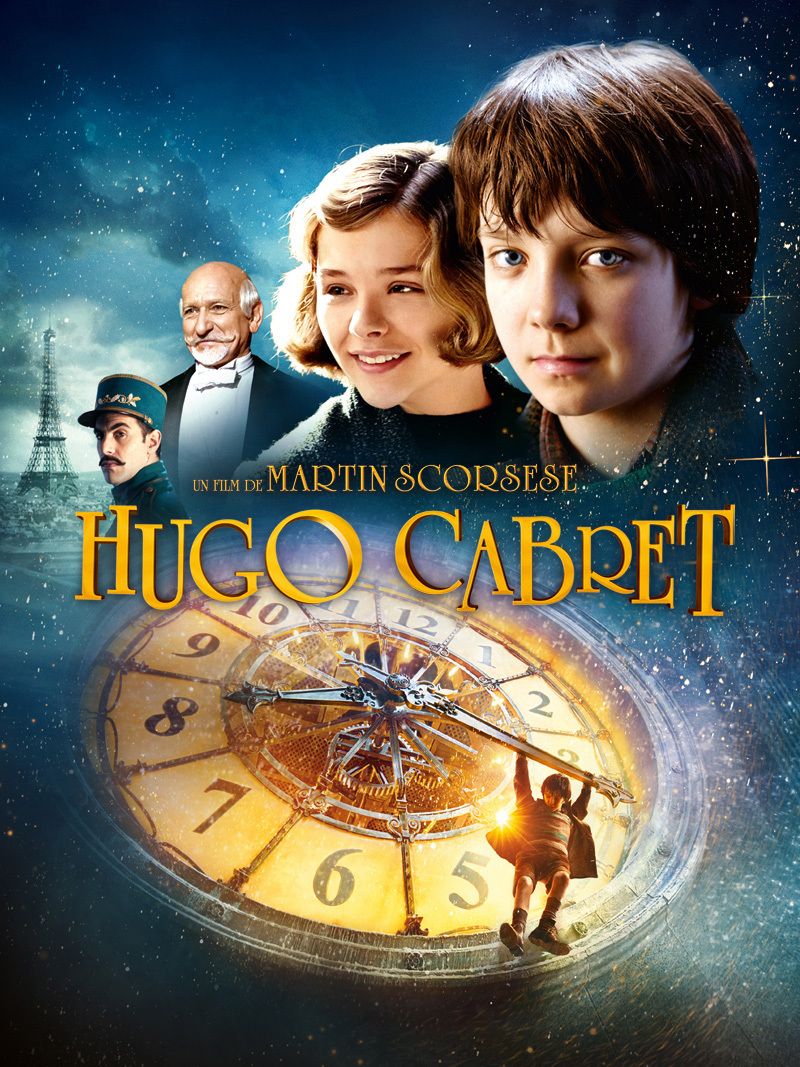

Put another way, The Invention of Hugo Cabret struck me as a very queer book - in all the right ways. As a gay ma n who grew up in the deep South and faced significant hurdles in coming to terms with his sexuality, I saw in The Invention of Hugo Cabret not just a clever story cleverly told, but also a deep appreciation for kinship and affinity that extends beyond the nuclear family, as well as the value of appreciating the discarded, the neglected, and the dismissed. M é li è s at the time of the story had been neglected for some years, but Hugo’s “discovery” of him - and his pursuit of a friendship with the older man - sparks his own talent for invention, particularly his interest in craft ing automat a and other small machines.

T he accomplishment is stunning: a multimodal work that powerfully recreates early 20 th -century Paris in its tale of a boy discovering both a forgotten filmmaker and what he himself might yet become. Selznick beautifully interweaves textual and visual narratives, with each integrally supplementing the other. He knew that, as someone who studied work that combined text and image to tell a story, I would be fascinated by Brian Selznick’s novel of a young boy stumbling across a toymaker who turns out to be early French filmmaker and special- effects artist Georges M é li è s, creator of such early film classics as Le Voyage dans la Lune (1902). (Sept.YEARS AGO, a colleague sent me a copy of The Invention of Hugo Cabret, with a little note imploring me to read it. Viewed narrowly, it’s a love letter to the Dennis Severs’ House, but readers won’t need preexisting knowledge of the museum to enjoy this powerful story about creating lasting art and finding family in unexpected places. Uncle Albert, who lives in a home maintained in much the same way as the Dennis Severs’ House, has been reclusive ever since losing his “beloved” to AIDS, but Joseph and the neighbor girl he befriends, Frankie, refuse to stay away. The next 200 pages are prose, jumping forward to 1990 when a boy named Joseph Jervis has run away from boarding school in search of an uncle he has never met. As he did in his Caldecott Medal–winning The Invention of Hugo Cabret, Selznick uses a telescoping point of view with great success, bringing the audience effortlessly from the general to the specific, from wide shot to close-up. The first 500 pages are double-page pencil drawings that (almost) wordlessly tell the story of the Marvel family, beginning with a 1766 shipwreck and following successive generations as they gain fame in London’s theater community. Selznick imagines an alternate backstory for a real English tourist attraction, the Dennis Severs’ House: 10 meticulously curated rooms that suggest what life might have been like for a family of Huguenot silk weavers in 18th-century London.


 0 kommentar(er)
0 kommentar(er)
